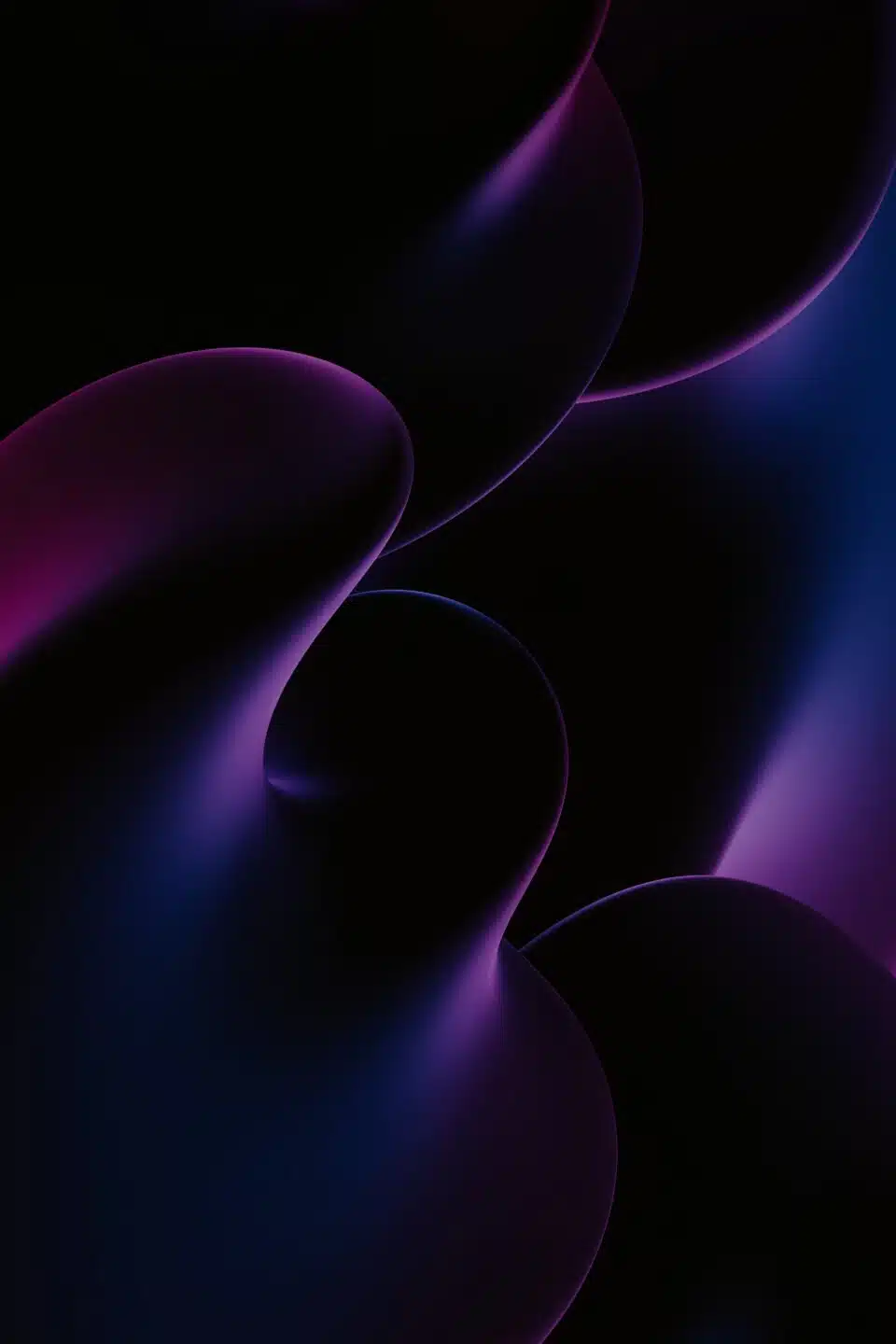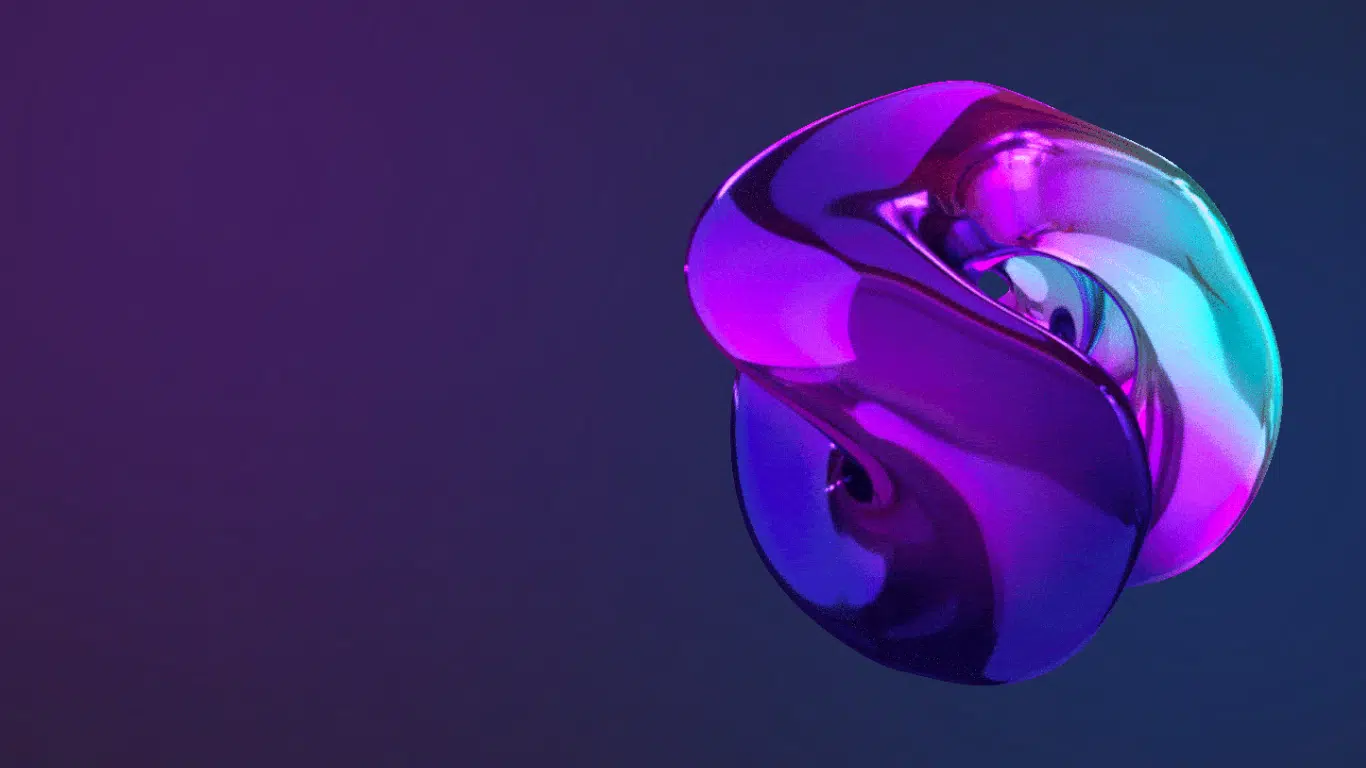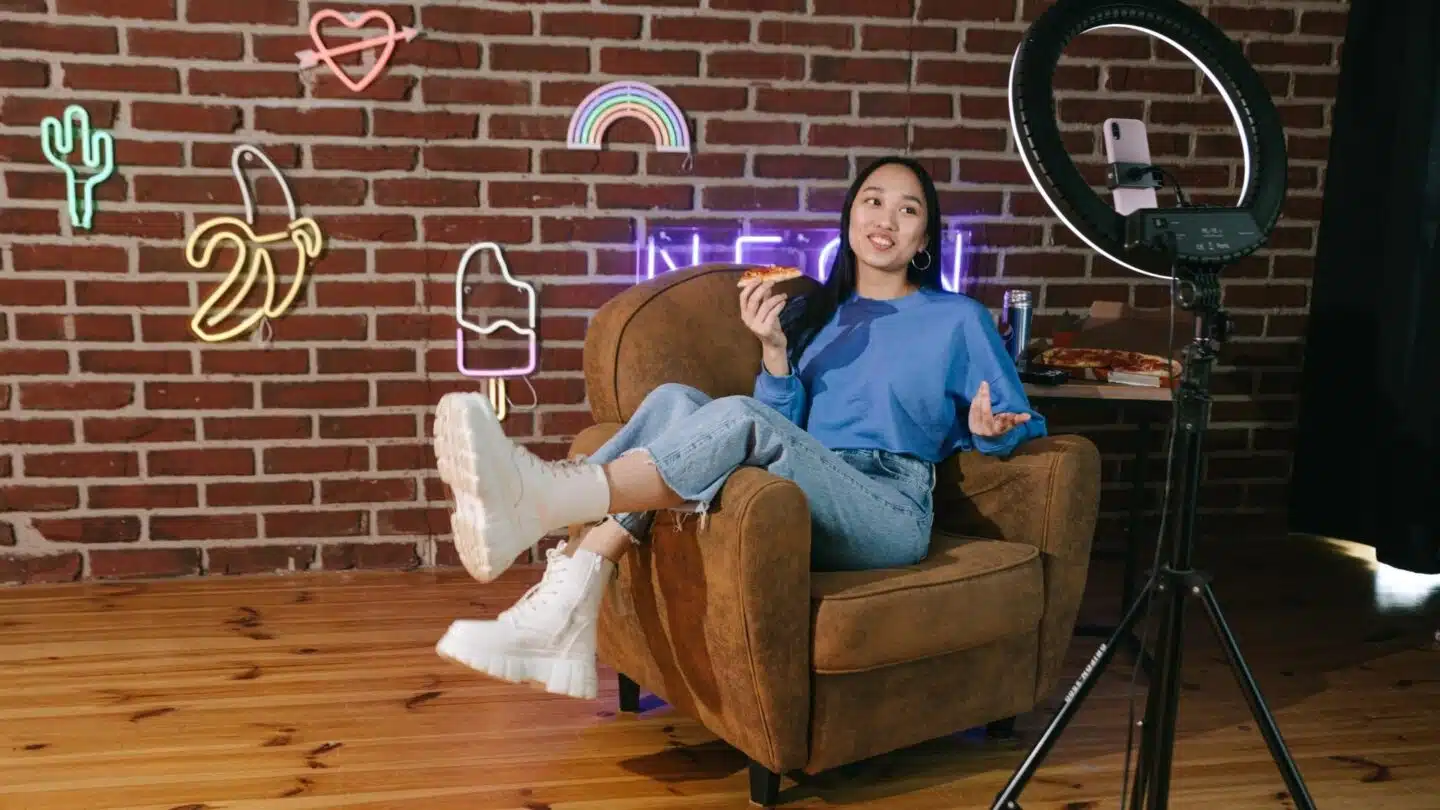The future is here and it’s AI-powered. The impact of AI technology is massive and it’s affecting the video production industry and beyond. It’s not a slow progress, in fact, the latest news from BBC shared that Elon Musk and Steve Wozniak have called for a pause in AI rollout. Not soon before the “godfather” of AI, Geoffrey Hinton expressed regret for his work and quit his job at Google. Meanwhile, the head of the Federal Trade Commission, Lina Khan, believes that AI needs to be regulated to avoid potential harm. Intense stuff.
As we enter this new era of technology, there are legitimate concerns about AI’s impact on society. There’s a fear that AI will replace human jobs, the accuracy of chatbots like ChatGPT and Bard, and the spread of misinformation through AI-generated content. Additionally, there are worries about copyright infringement, fraud, and fake news. However, despite these concerns, advocates like Bill Gates argue that a pause in AI development is not the solution. Instead, the focus should be on maximising the benefits of AI while mitigating the challenges. And that’s where the video production industry comes in.
The use of AI in video production is already happening, but the question is how much should we use AI and how much needs a human touch? What are your thoughts on AI-generated videos from innovators like Synthesia or Hour One? Too much? Or just right?
Our thoughts? AI can certainly help streamline certain elements of the video production process, but it’s important to remember that there are some areas that still require human magic. So, buckle up. Let’s dive into how AI is impacting the video production industry, and how we can use it to our advantage. All while maintaining a balance between technology and human expertise.
How AI is Transforming Video Production Forever
Scriptwriting and Marketing Copy
Too many variables? Got writer’s block? Or just need to save time? With the help of powerful algorithms, AI can analyse data to craft the perfect narrative or copy that resonates with your target audience. It’s an ideal starting point. However, while AI has many advantages it’s important to remember that it’s not infallible. And sometimes, it just can’t quite capture the magic of storytelling like a human can.
Copywriters possess a profound understanding of language nuances and excel at adapting to diverse contexts, making them indispensable in crafting scripts that resonate with viewers on an emotional level. What sets them apart from AI is their collaborative mindset, allowing them to work closely with you, comprehending your goals and delivering video content that drives success. It’s safe to say that AI hasn’t quite reached the point where it can effectively take the reins of the written word just yet, but it can definitely speed up the editing process or activate inspiration.
Just a few examples of where human creativity shines:



Subtitles and Transcriptions
Let’s also discuss the other nifty tool that AI can bring to the table – automatic captioning and transcription! While it’s not a new concept (you might have seen it on YouTube’s closed captions), it’s an incredibly handy feature that can save you a lot of time. Simply upload your video file and let AI do its magic – generating captions and transcripts for all of your audio content.
Of course, there are a few things to keep in mind. AI may not always capture every sound effect and non-voice audio element, so it’s important to review the automated text for accuracy. But overall, using AI for your transcriptions is a win-win situation – it saves you time while making your video content more accessible to a wider audience. Similarly to the above, it’s also crucial to ensure you have a skilled copywriter to review/edit the AI-driven script or copy to ensure that it’s free from any “robot speak” (typical with AI avatars), and that it accurately represents your brand’s voice and personality.
There’s a lot to unpack with AI and written copy, the potential is limitless, and when it’s mixed in with a bowl of human creativity? Infinite opportunity. For optimal video creation, it definitely requires a combo in the workplace.
Voice-overs
Imagine having a voice-over artist at your disposal anytime you need one. Well, that’s now possible with the help of AI. AI-powered speech synthesis models can generate high-quality, natural-sounding (ish) voice-overs in just a fraction of the time it would take for a human voice actor to record. The technology has become one of the most popular uses of AI in today’s video production space, with its ability to expedite the production timeline and enable rapid iteration and experimentation. It’s especially impacted training videos.
AI algorithms are trained on vast amounts of data, allowing them to mimic various accents, tones, and styles, providing video producers with a wide range of options to choose from. Plus, AI-powered voice-over tools offer the convenience of customisation, allowing you to adjust parameters such as pacing, emphasis, and pronunciation to match specific project requirements. A video editing dream.
But that’s not all. AI tools can also help you test the feel of different voices quickly, without committing to a full AI voice-over. Pre-AI, you’d have to request a sample audio file from multiple voice artists to experiment with your video’s tone. With AI, you can speed up that testing process and try out different voice options in just a few clicks. The speed, versatility, and efficiency of AI in the voice-over process empowers video producers to deliver compelling content more efficiently than ever before.
Analytics For your Video Content
AI tools can help create videos and assist in the editing process but they can also help in analysing your video metrics to gain valuable insights into your current video marketing strategy. By identifying what’s effective and what’s not, you can make data-driven decisions. Such as placing product shots at the beginning of your videos or creating videos with a maximum length of 14 seconds.
If you’ve been publishing video content without analysing its performance, it’s time to consider using insight tools like Wooshii Insight. Gain a deeper understanding of your audience and improve your future content with us.
Where should we stick to human talent?
Creative brainstorming
When it comes to the creative elements of production, AI doesn’t stand a chance. Having general industry knowledge, a deep understanding of a client, cultural references, personal goals, and abstract/creative thinking can not quite be replicated by any video maker tech yet. It can play a role but can’t be managed independently.
Storyboarding
AI can work as a source of inspiration but crafting a high-quality, genuine story cannot be integrated automatically. High-quality video captures attention with authenticity. AI video generators are fantastic, don’t conjure up creativity like us.

Video Editing or AI video editing?
This one can get tricky. While there are some cool cost-effective editing tools that help out with video length, or provide video templates, editing still feels pretty irreplaceable. To capture the right style, colour grading, tone and different transitions from a storyboard is quite a unique challenge. Especially on a new project. Ask three humans to do it and you’ll likely get three completely fresh ideas and arrangement of footage. This is where post-production can get creative.
Why fully rely on robots to handle your workload when it comes to creative tasks? Don’t underestimate the value of human expression in delivering high-quality results. Especially when working with unique products or abstract concepts that AI tools struggle to grasp. Human minds bring an irreplaceable touch to the creative process. Sometimes, even tools like CHATGPT can feel like more of a hassle than they’re worth. It’s important to remember that AI tools are built on recognising patterns and drawing from existing contexts. They’re not creating juicy unique content.
So, what’s the gist of it?
Embrace AI for its strengths in the production process. Focusing on areas where it excels, and leaning on human talent for the rest. If your team often faces challenges with scriptwriting and voice-over work, AI could be the perfect solution to help you generate more content efficiently. However, keep in mind that a streamlined and automated process doesn’t always translate to effectiveness. If your AI-driven content isn’t performing as expected, it may be time to revisit the basics and reassess your approach.
Looking to create high-quality videos? Whether that’s capturing raw footage, using an AI video generator, or exploring new creative possibilities with your video marketing. Level up your videos today and let’s chat!
For more thoughts on AI in video production check out this blog or subscribe to our newsletter. We talk tech, video news, and insights.




